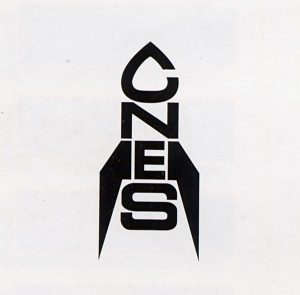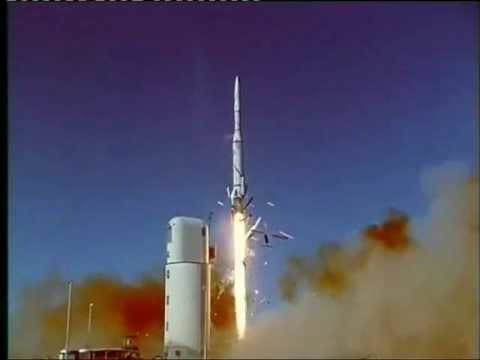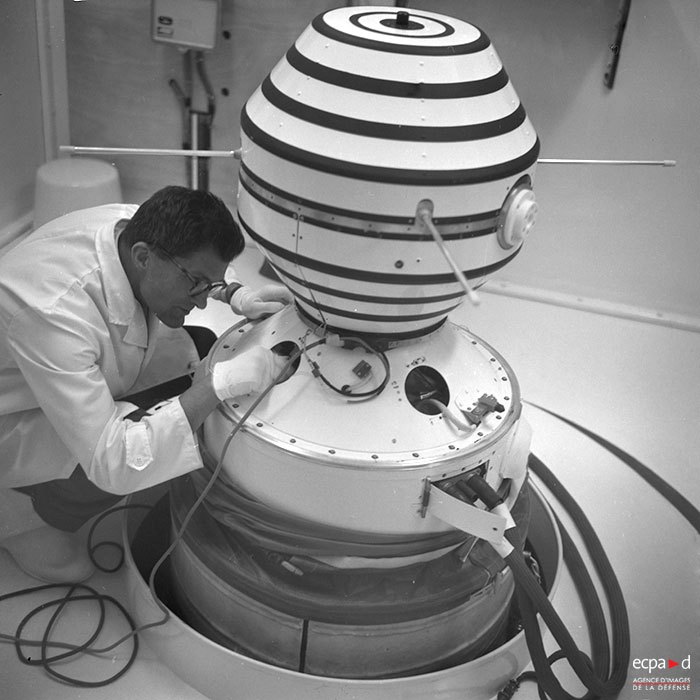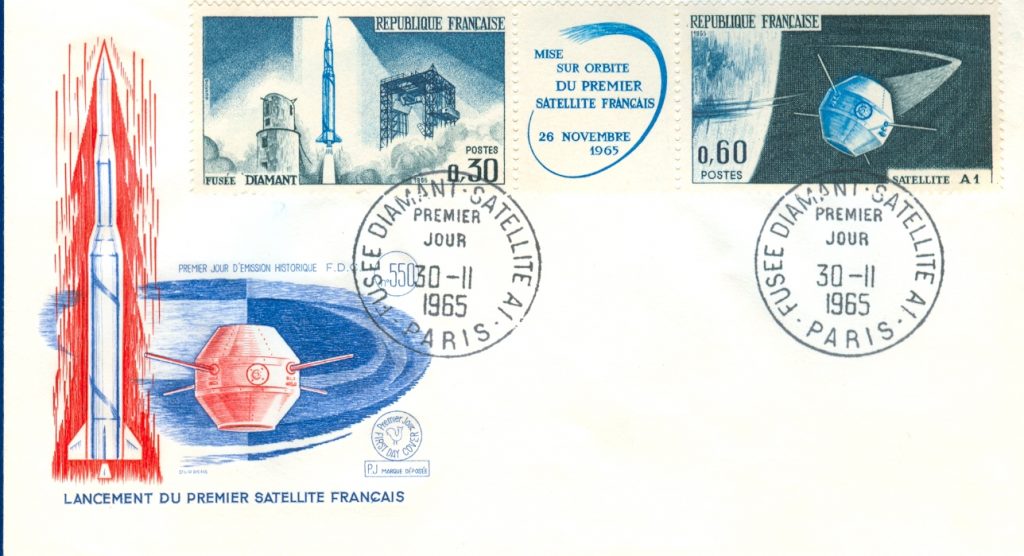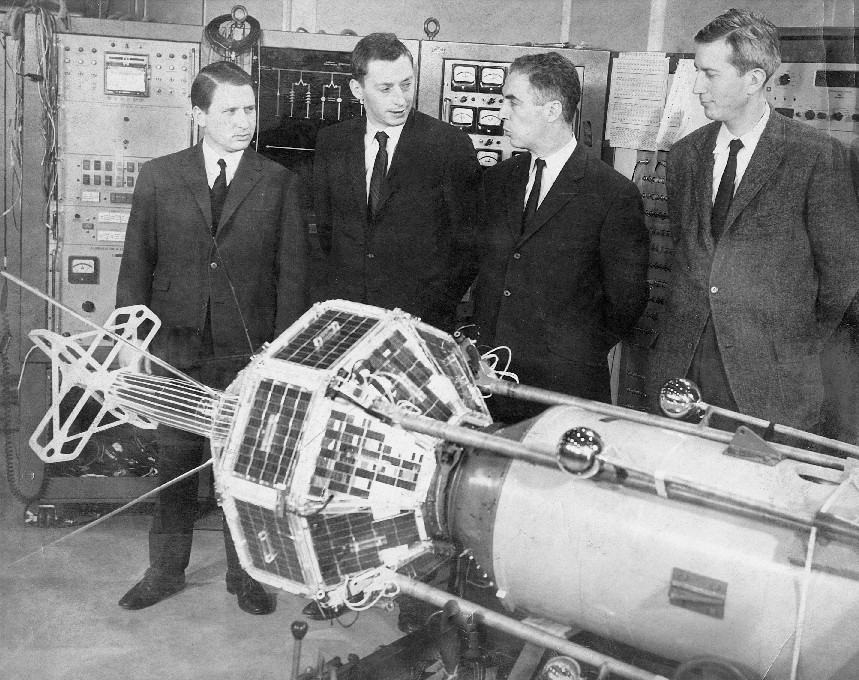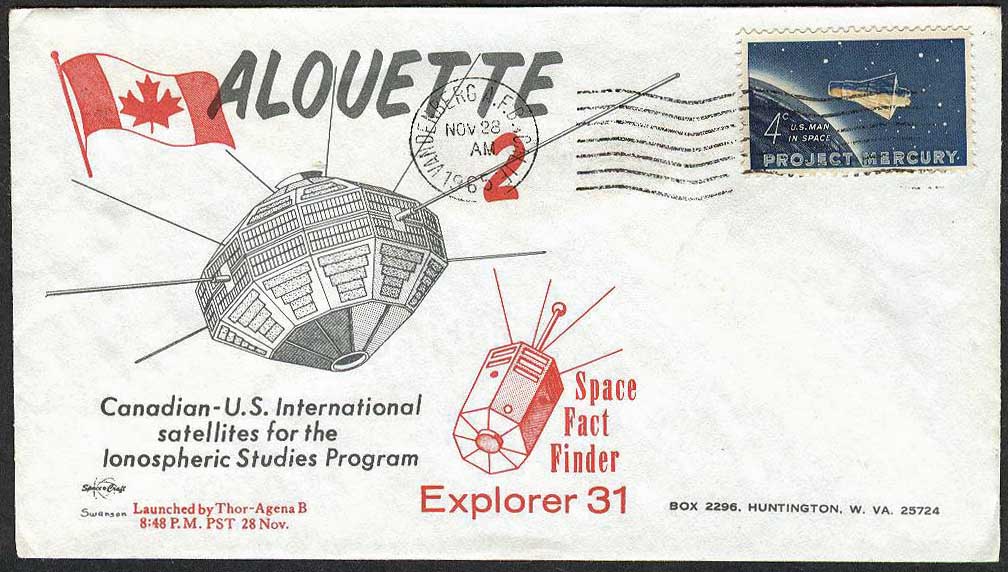Not a month goes by without some interesting tidbits on the space front. Even between Gemini and Voskhod missions, there's always something going on, all over the world!

by Gideon Marcus
Heavy Lifting
We are used to space shots being manned spectaculars — brave men in space suits heading into the cosmos. But the missions that precede the human-crewed flights are just as important. On February 26 of this year, we saw the first full Apollo test flight. It featured an old-style Command Module, the bit of Apollo that will house crew, but the Service Module was standard production line. The rocket, too, is going to see service. Unlike the Saturn 1, which flew ten test flights in a row with remarkable reliability, the Saturn 1B will be used for actual Apollo missions, at least ones that will take place in Earth orbit.
The February flight, dubbed AS-201, was not without problems. Nevertheless, it comprised a successful launch and landing after a 37-minute suborbital flight.
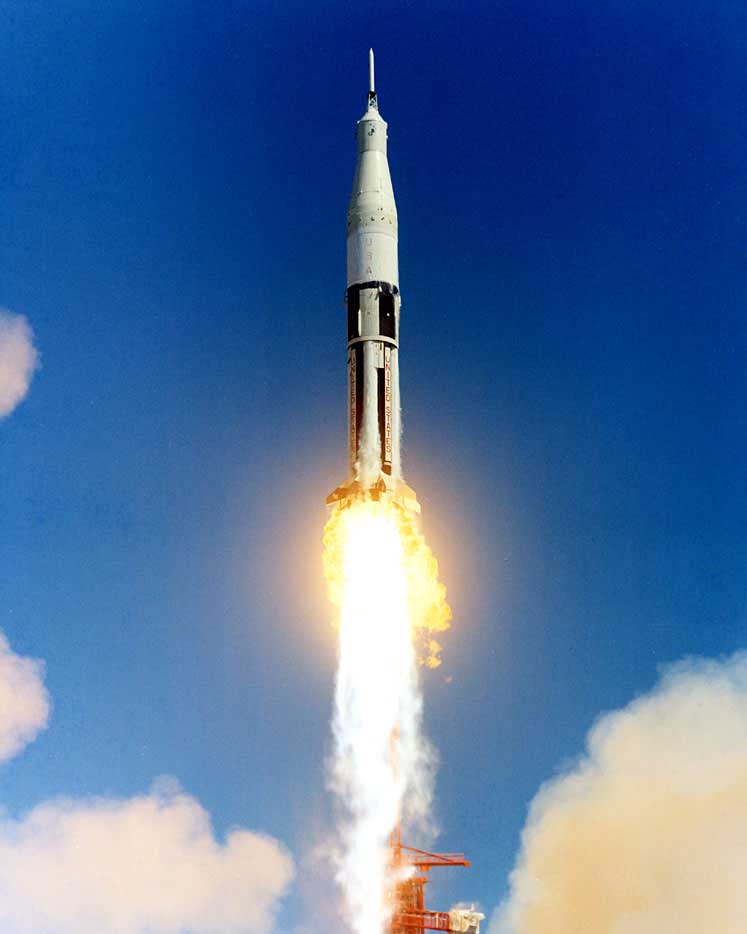
AS-203, launched July 5, was strictly a booster test. The goal was to see if the Centaur second stage of the Saturn 1B could restart successfully in orbit, a critical function for lunar missions. As a booster test, the rocket stack looked a bit odd. Instead of an Apollo capsule, there was simply a nosecone covering the second stage. The deletion of even a boilerplate also meant that the rocket could carry more fuel for testing. By the time the vehicle had reached orbit, there was still 20,000 pounds of hydrogen and 3,000 pounds of oxygen in its tanks.

For four orbits, NASA engineers subjected the vehicle to various stress tests. Hydrogen and oxygen were vented in various quantities. In its final orbit, hydrogen was vented but the oxygen vents kept closed to create a tremendous pressure differential. This eventually caused the rocket to explode, but not before surviving twice the expected endurance of the vehicle. Call that a success!

Next up will be AS-202, which was bumped to accommodate this flight. It will be a suborbital test like AS-201, but the Apollo will have fully functional guidance and navigation systems to test. A few more successful flights, and we'll be on our way to the Moon!
Fraternal Twins
The Air Force has gotten a lot out of its budget "Orbiting Vehicle" program. The idea behind the program was to utilize space on rocket test launches for satellites using standardized, mass-produced bodies. This meant a double-savings over custom-built missions on mission-specific flights.
Of course, things don't always work out as planned. There are at least three OV series now, and only the OV2s have used spare test flights (in their case, on Titan 3Cs). The OV3 series uses purpose-launched Scout rockets. The OV1s, instead of using space on test-launched Atlas rockets (save for the first one), have instead used spare Atlases that were decommissioned from military service last year. Still, the rockets were just sitting there, so it's still cheaper than it could have been.
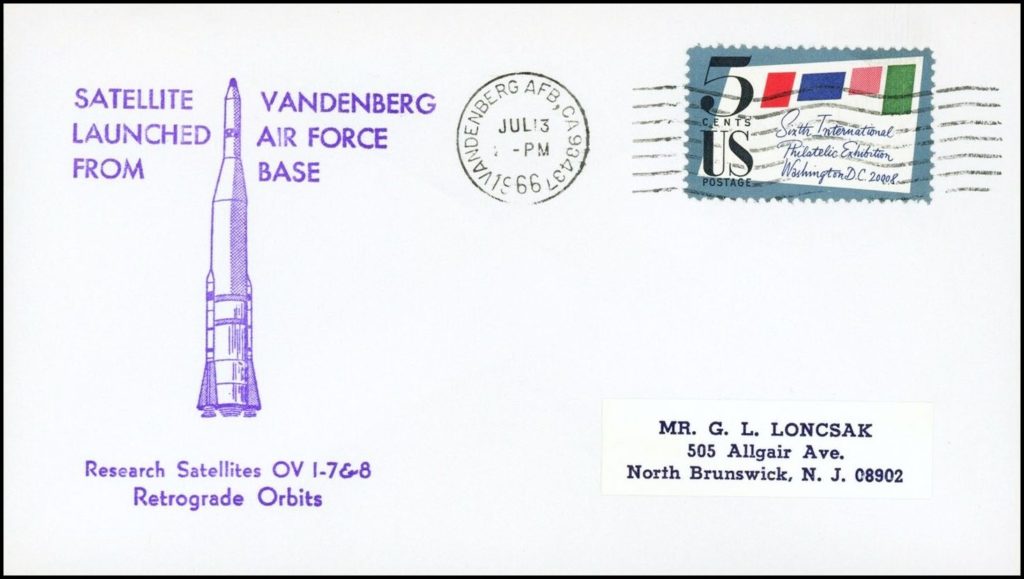
In any event, OV1-7 and OV1-8, launched on July 14, represent the second time a pair of OV1 satellites were orbited back-to-back. This particular launch was a little unusual for two reasons. Firstly, OV1-7 (a standard OV1 satellite) was supposed to be a particle physics and "earthglow" detector. But it never left its Atlas and fell back to Earth.
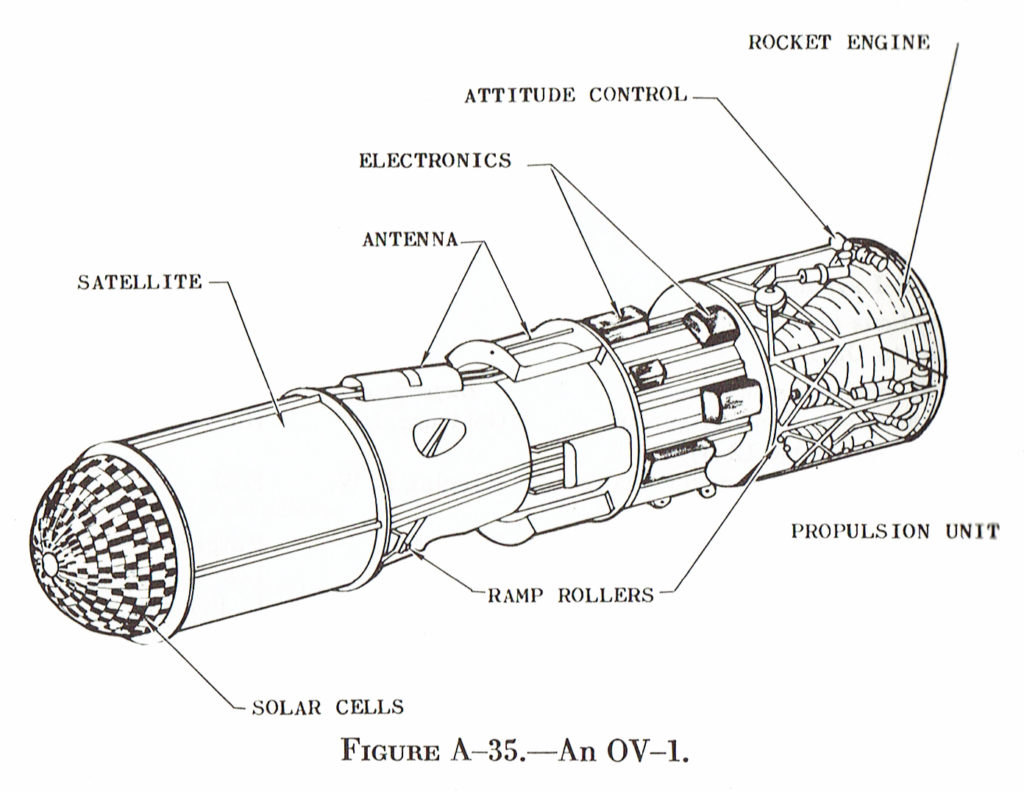
Secondly, OV1-8 wasn't an OV1 at all, really. It was a big balloon. And not just an ordinary balloon: it was actually an aluminum grid put into spherical shape by being embedded in inflatable plastic. When OV1-8 got to orbit, it inflated. The Sun's rays disintegrated the plastic leaving a hollow mesh sphere. Called PaGeos (Passive Geosynchronous), OV1-8 orbits the Earth at the same rate as its rotation, keeping it pretty much in the same spot in the sky with reference to a ground-based observer.
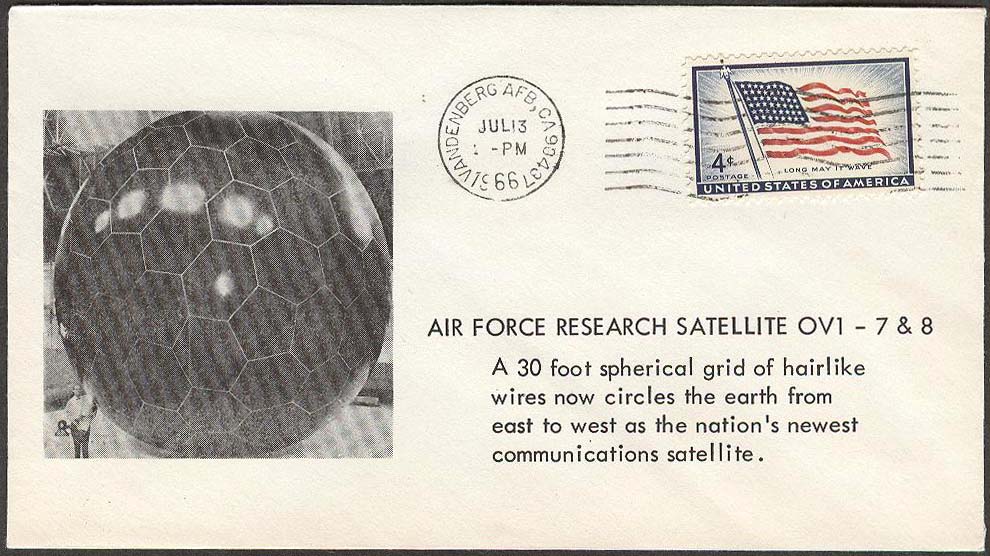
And what good is a hollow aluminum balloon? Why, for bouncing messages off of! Turns out PaGeos reflects signals five times as well as the old NASA Project Echo balloons. Also, the hollow nature makes PaGeos much less susceptible to air drag, which shortens the lifetime of a satellite by eventually pulling it down to Earth. PaGeos was shot into orbit backwards to maximize air drag, yet it is calculated to have a lifespan of four years.
Though active satellites like Telstar and Syncom have largely replaced passive balloon satellites, the cheapness and durability of passive comsats like PaGeos suggests there may be a specialized use for them in years to come. I guess we'll just have to wait and see!

by Kaye Dee
(Not) Going Up from Down Under
Hello everyone, Kaye here. Gideon has kindly allowed me an opportunity to provide a quick update on recent space events in Australia. While the British and Australian sounding rocket programmes keep expanding, the European Launcher Development Organisation’s Europa launcher program at Woomera has had its first major failure-and one that was not the fault of the rocket itself!
Following the three successful test flights of the Blue Streak first stage, ELDO F-4 was intended to be the first all-up test of the three-stage Europa vehicle. The first stage was active, with the French second stage and the West German third stage inert dummies. The rocket was also carrying a dummy test satellite that carried some instrumentation to measure the conditions that a real satellite would experience during launch.
Although the 24 May lift-off went perfectly, the impact predictor soon reported that the rocket was veering west of the planned trajectory. At 136 seconds the Range Safety Officer terminated the flight, with the debris raiding down into the lower part of the Simpson Desert. To the disappointment of all involved, the post-flight analysis revealed that the rocket had, in fact, been exactly on course, and inaccurate readings had been received at the Mirikata downrange radar station 120 miles away. Oops! ELDO is now preparing for a new all-up test later this year, possibly in November.
Waking a Sleeping Beauty
Australia has also recently played a special role in the Surveyor mission currently on the Moon. After the solar-powered probe shut down during the two week lunar night, the task of bringing it back to operational life was entrusted to the NASA Tidbinbilla Deep Space Tracking Station, outside Canberra. The re-awakening process on 8 July was a complete success and the space tracker who sent the "wake up" command was jokingly given a special citation: the Prince Charming Award!
[…and that's the space news for this week. Stay tuned for full Gemini 10 coverage next week!]

![[July 16, 1966] Onward and Upward! (Apollo, Australia, and OV)](https://galacticjourney.org/wp-content/uploads/2021/07/660705launch4-1-672x372.jpg)


![[June 12, 1966] Which Way to Outer Space? (New Writings In SF 8)](https://galacticjourney.org/wp-content/uploads/2021/05/New-Writings-in-SF8-Cover-259x372.jpg)




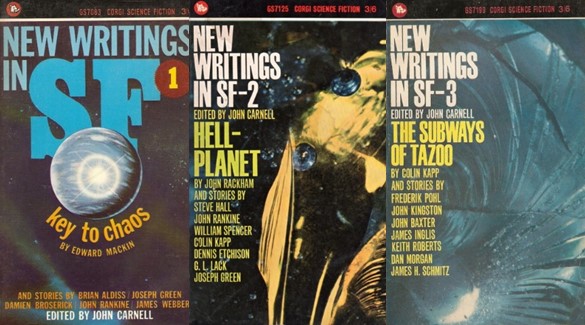

![[June 8, 1966] Pyrrhic Victory (the flight of Gemini 9)](https://galacticjourney.org/wp-content/uploads/2021/06/s66-28075-672x372.jpg)





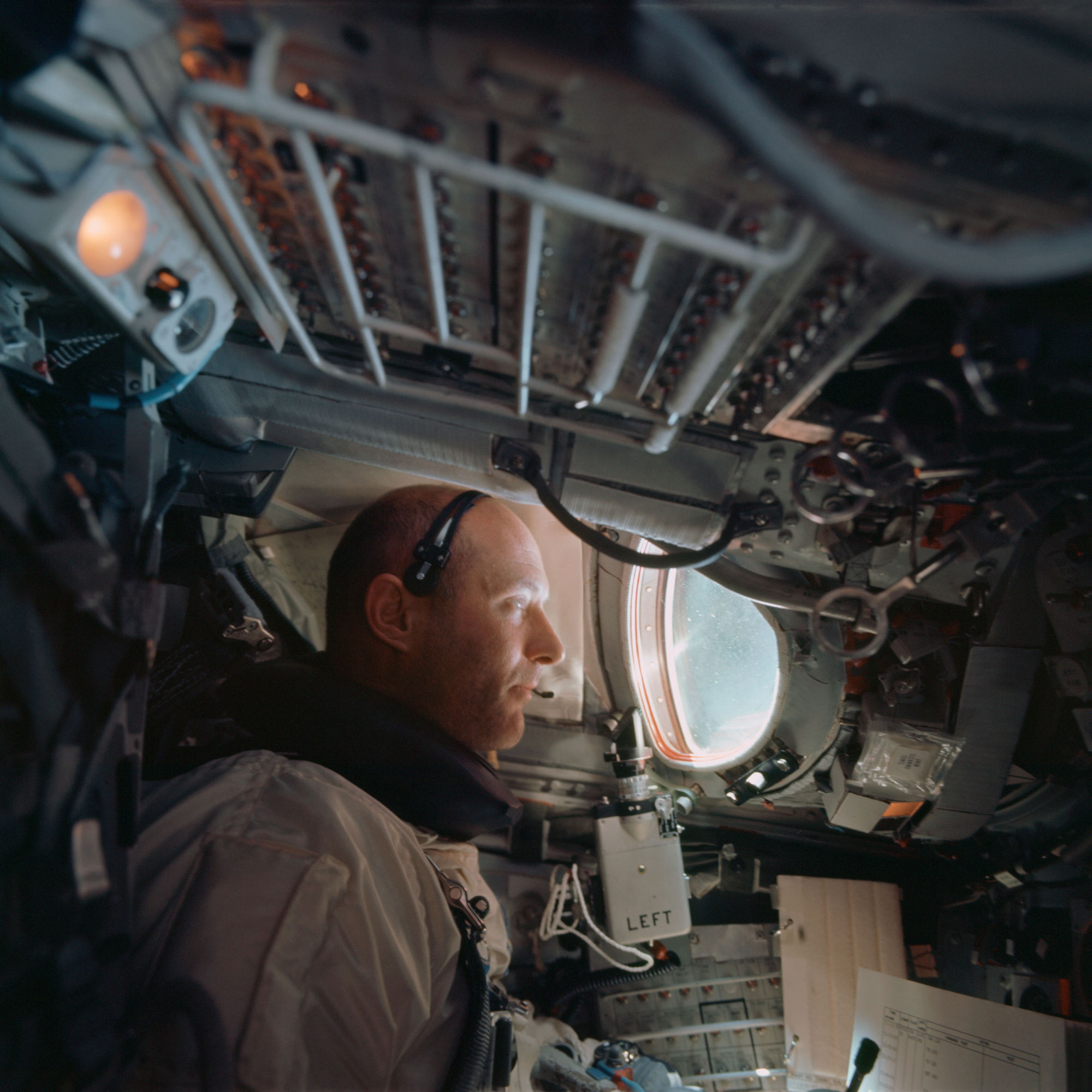

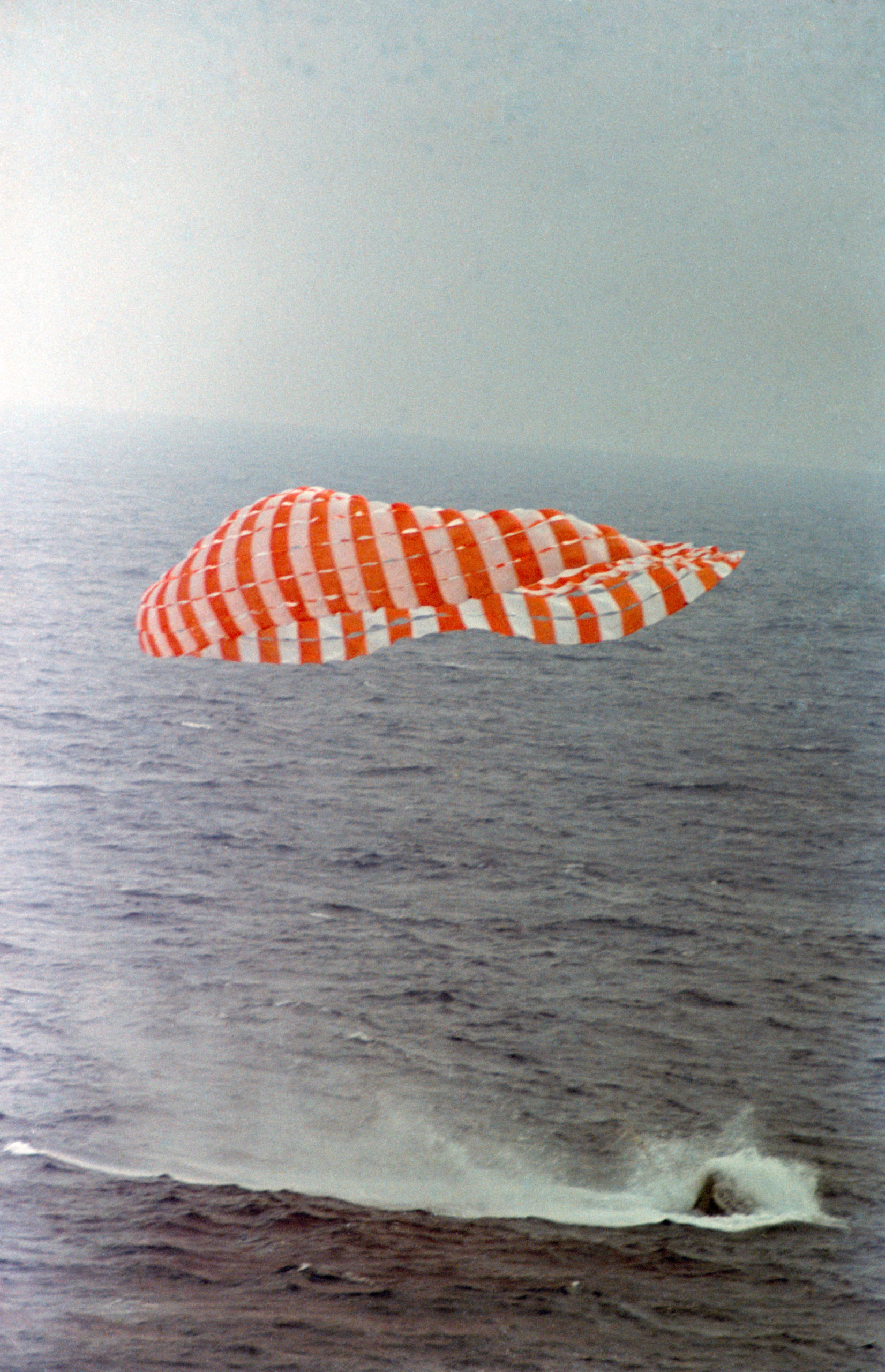

![[June 4, 1966] Over Under Sideways Down (Surveyor 1, Explorer 32, Kosmos 110 + 119!)](https://galacticjourney.org/wp-content/uploads/2021/06/660602surv2a-672x372.jpg)
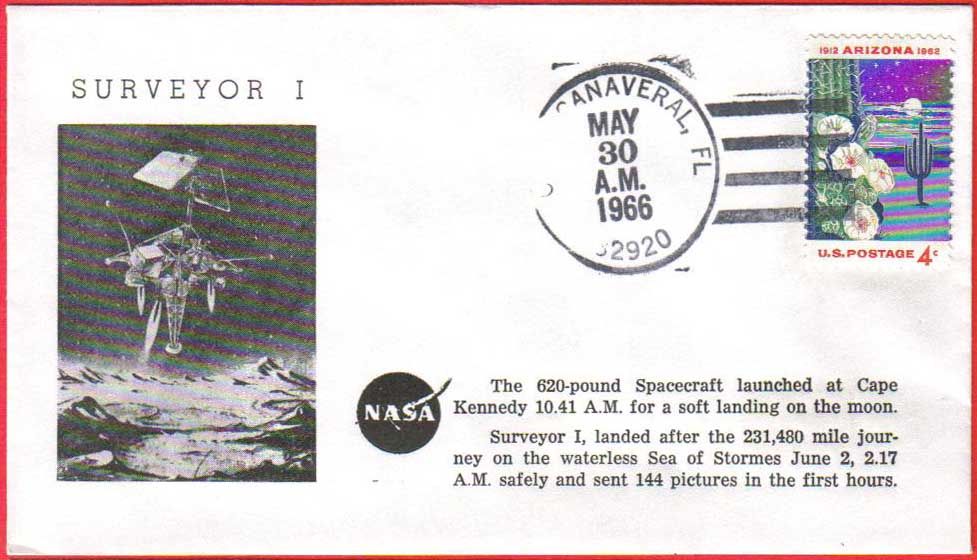
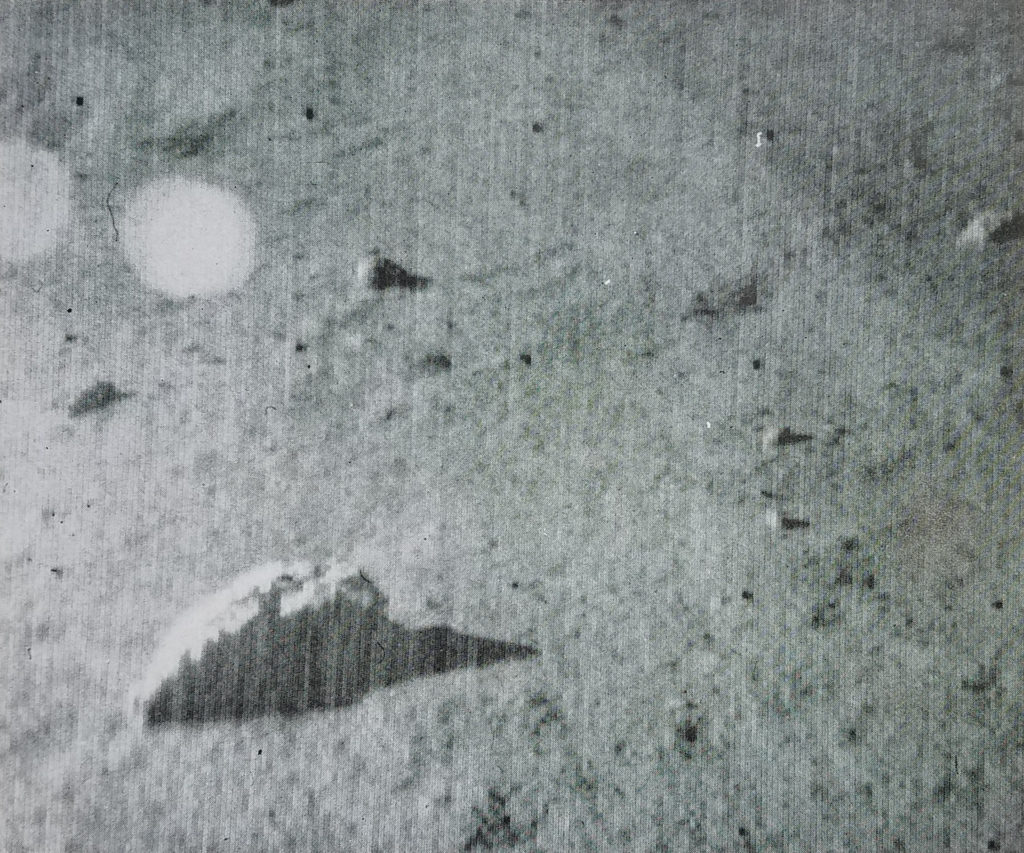
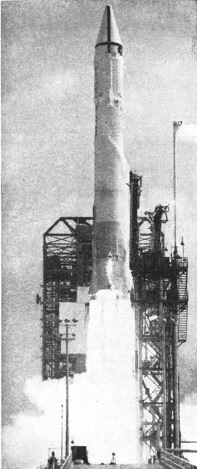
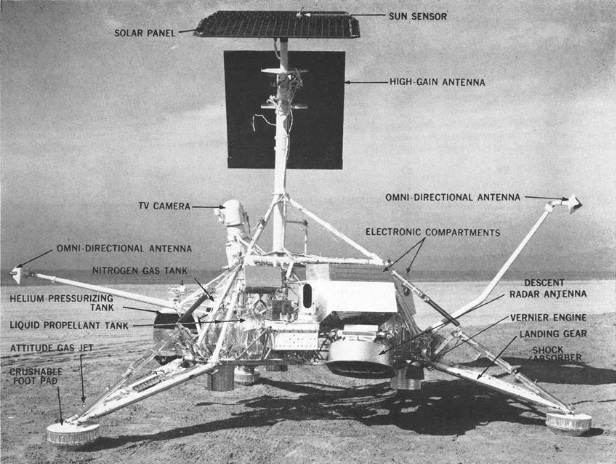
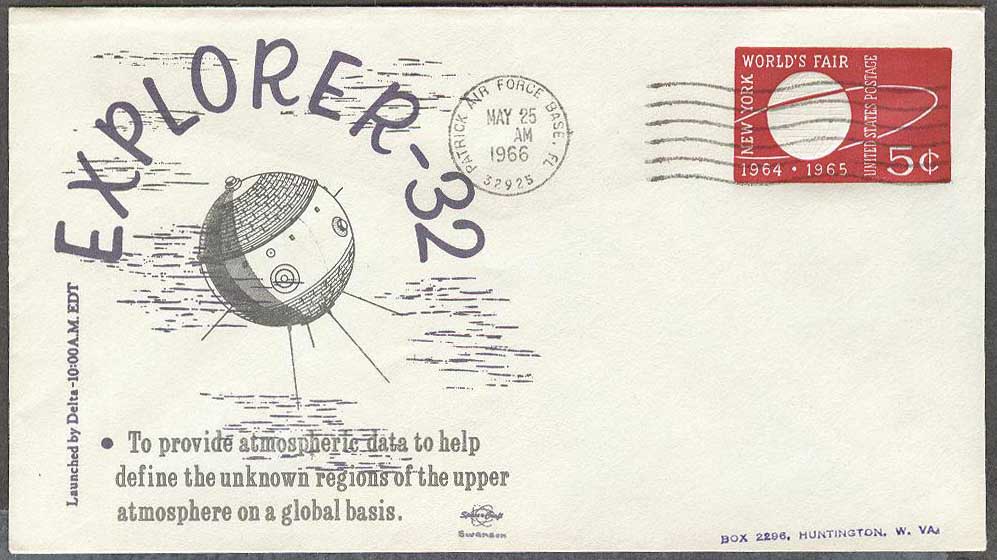
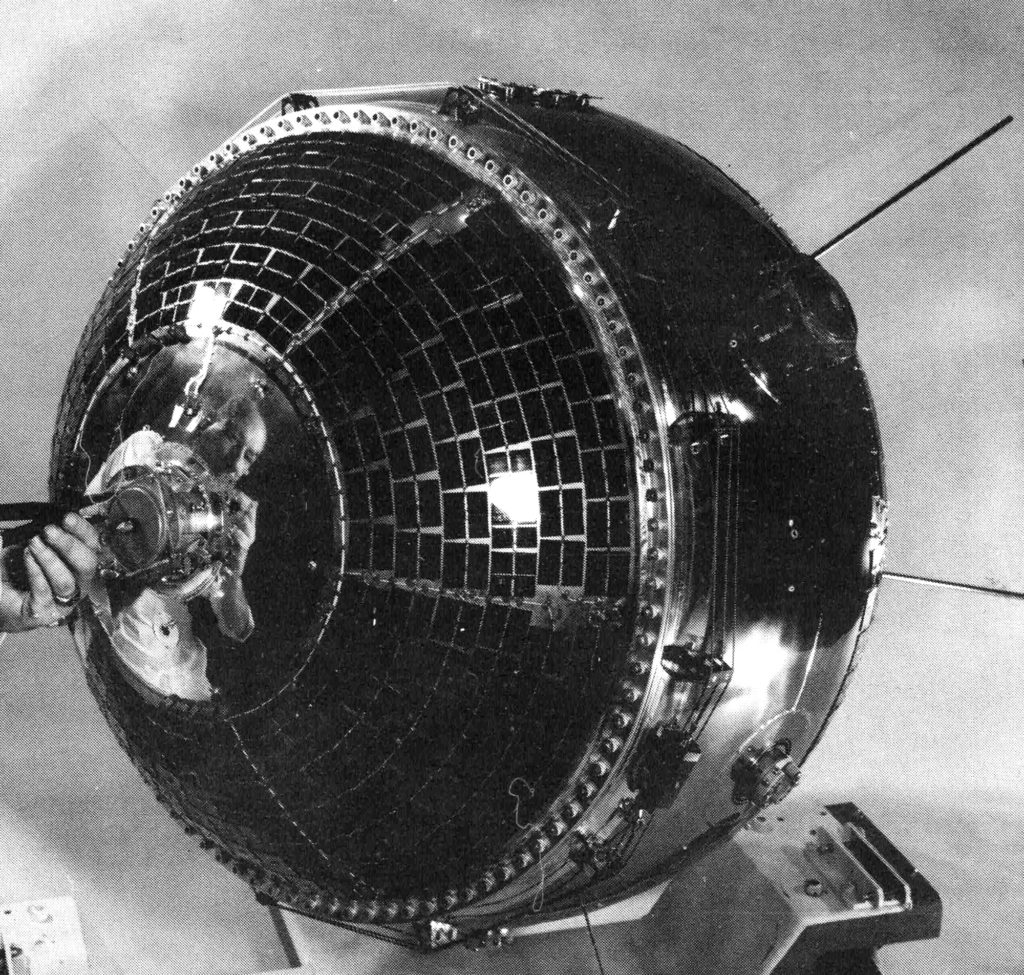
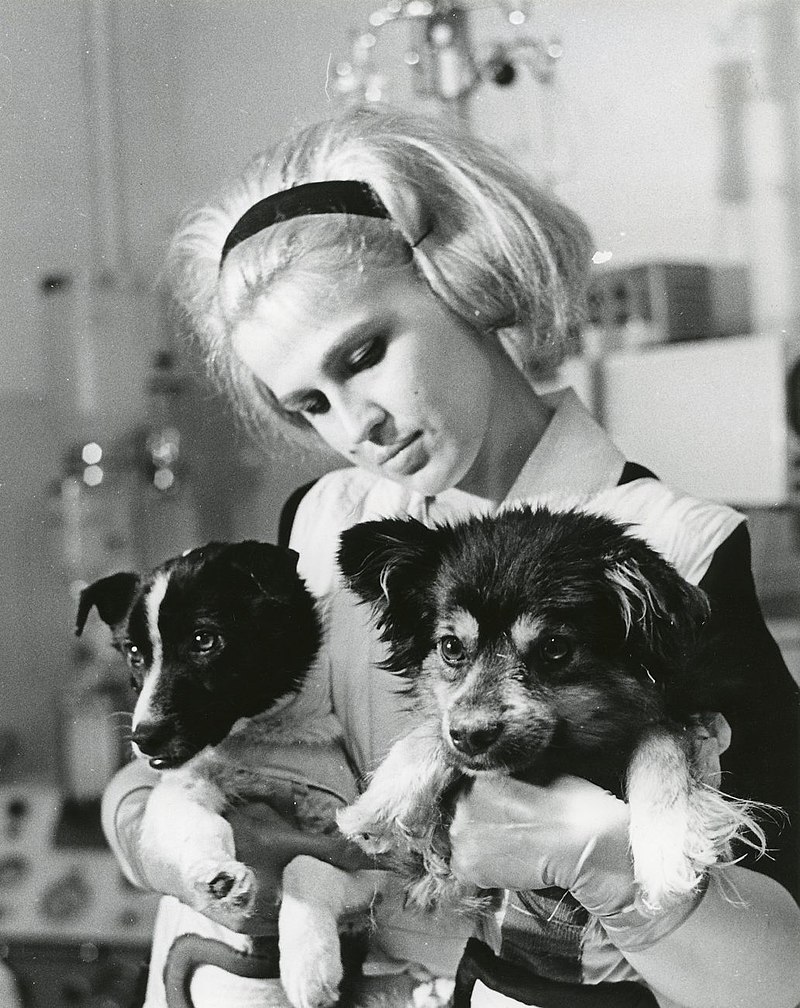
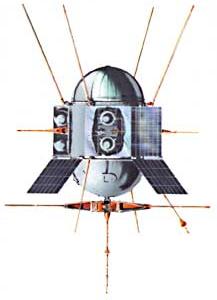

![[April 20, 1966] Space Exploration is Hard (Venera 2 and 3, Luna 10 and OAO 1)](https://galacticjourney.org/wp-content/uploads/2021/04/Luna-10-FDC-672x372.jpg)
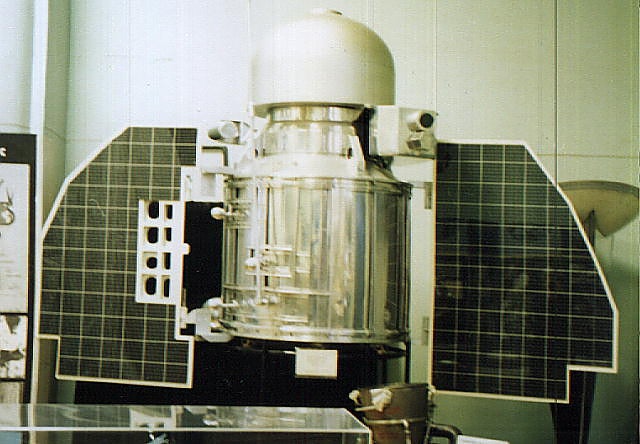
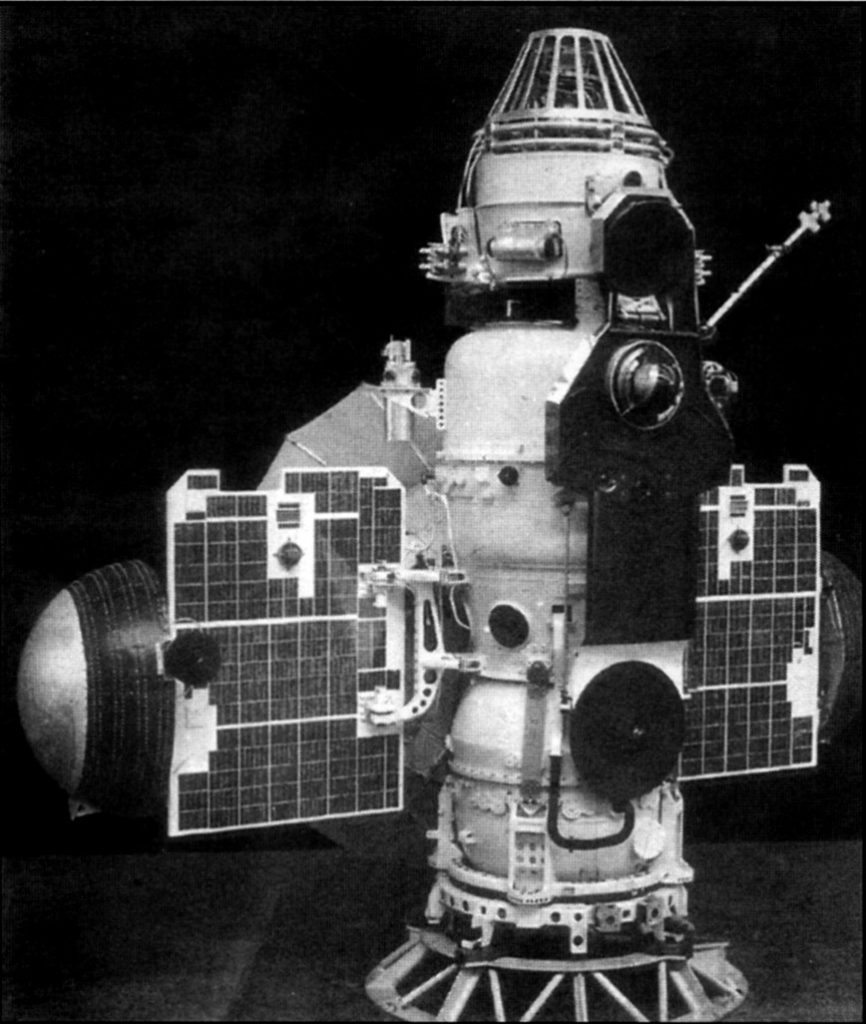




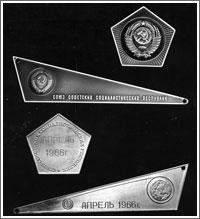



![[March 18, 1966] Taking Gemini for a Spin (Gemini 8)](https://galacticjourney.org/wp-content/uploads/2021/03/Gemini-8-Approaching-rendezvous-672x372.jpg)




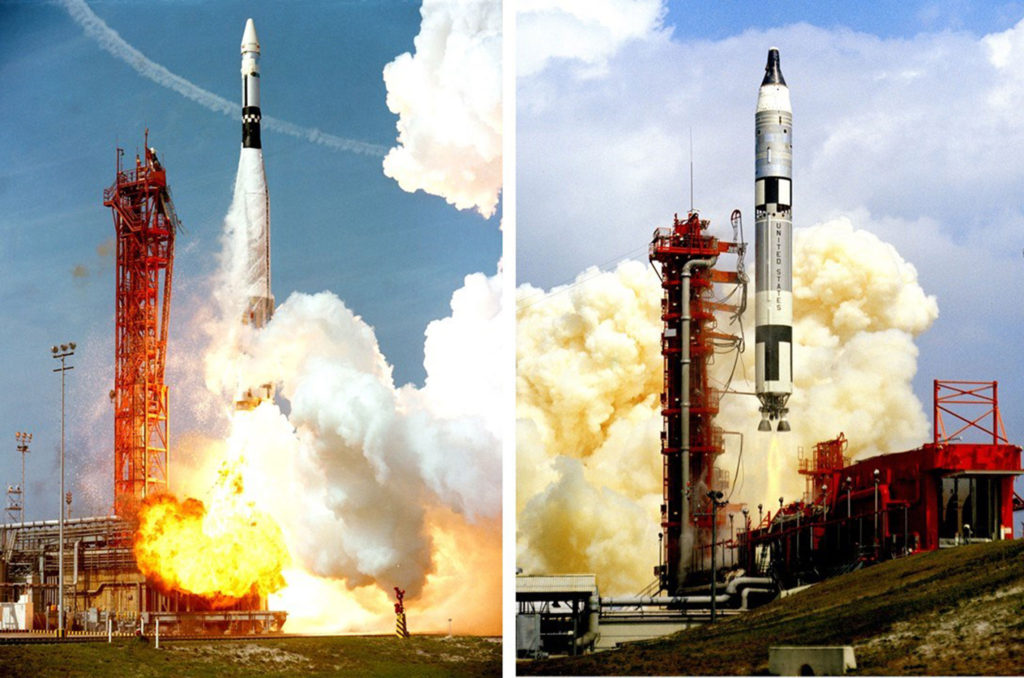

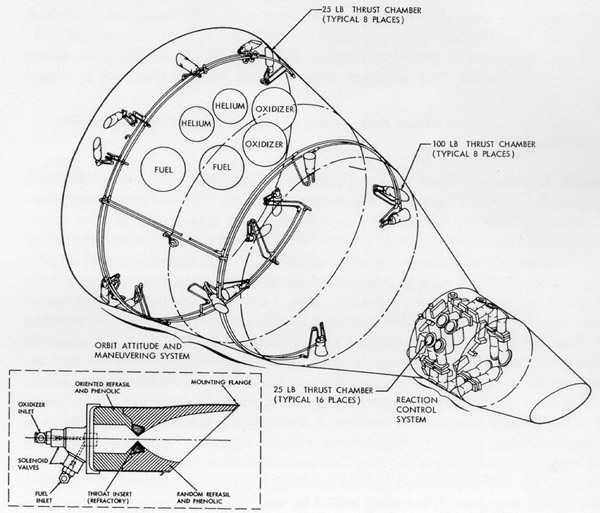

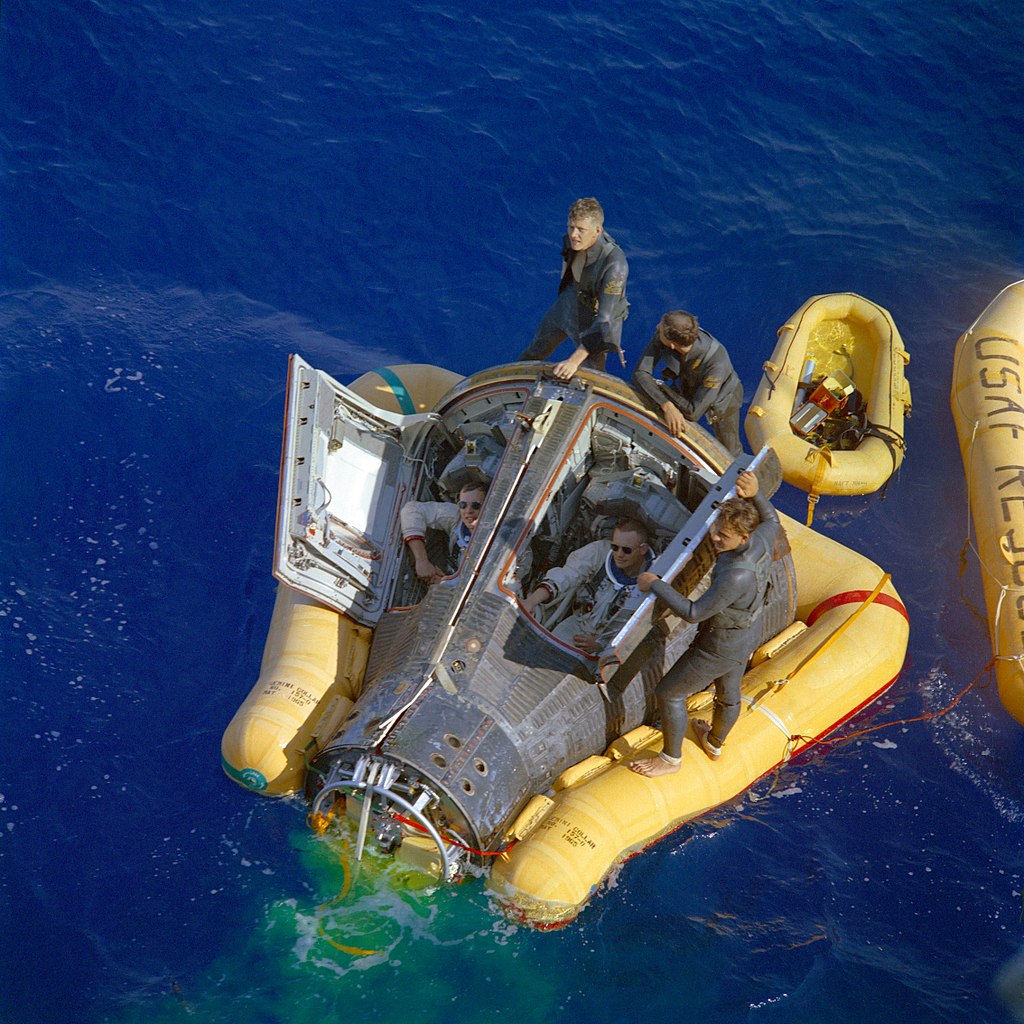

![[February 6, 1966] Hello, Stranger (exploring Space in Winter 65/66)](https://galacticjourney.org/wp-content/uploads/2021/02/660208luna9-539x372.jpg)







![[January 2, 1966] God of Time (The Planet Saturn)](https://galacticjourney.org/wp-content/uploads/2020/12/660102saturncard-613x372.jpg)






![[December 20, 1965] Rendezvous in space (Gemini 6 and 7)](https://galacticjourney.org/wp-content/uploads/2020/12/651215b3-672x372.jpg)
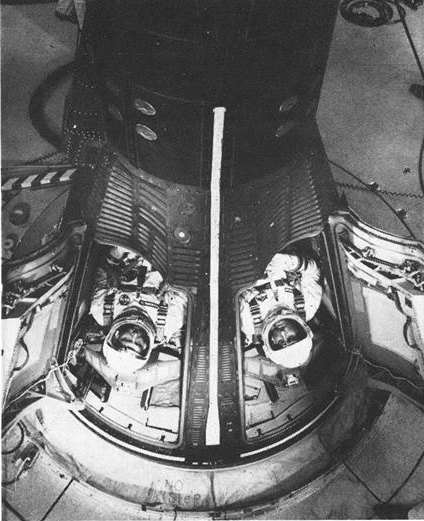
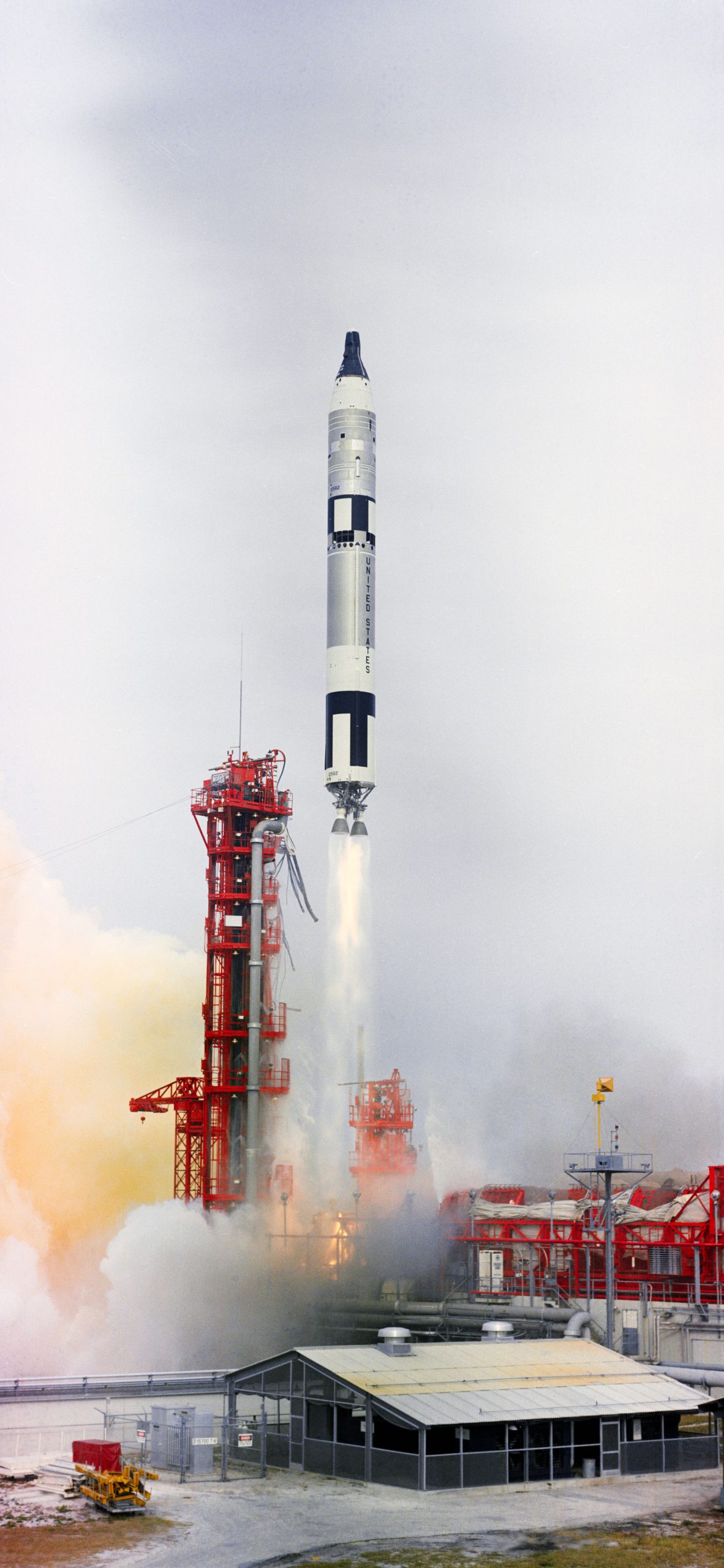
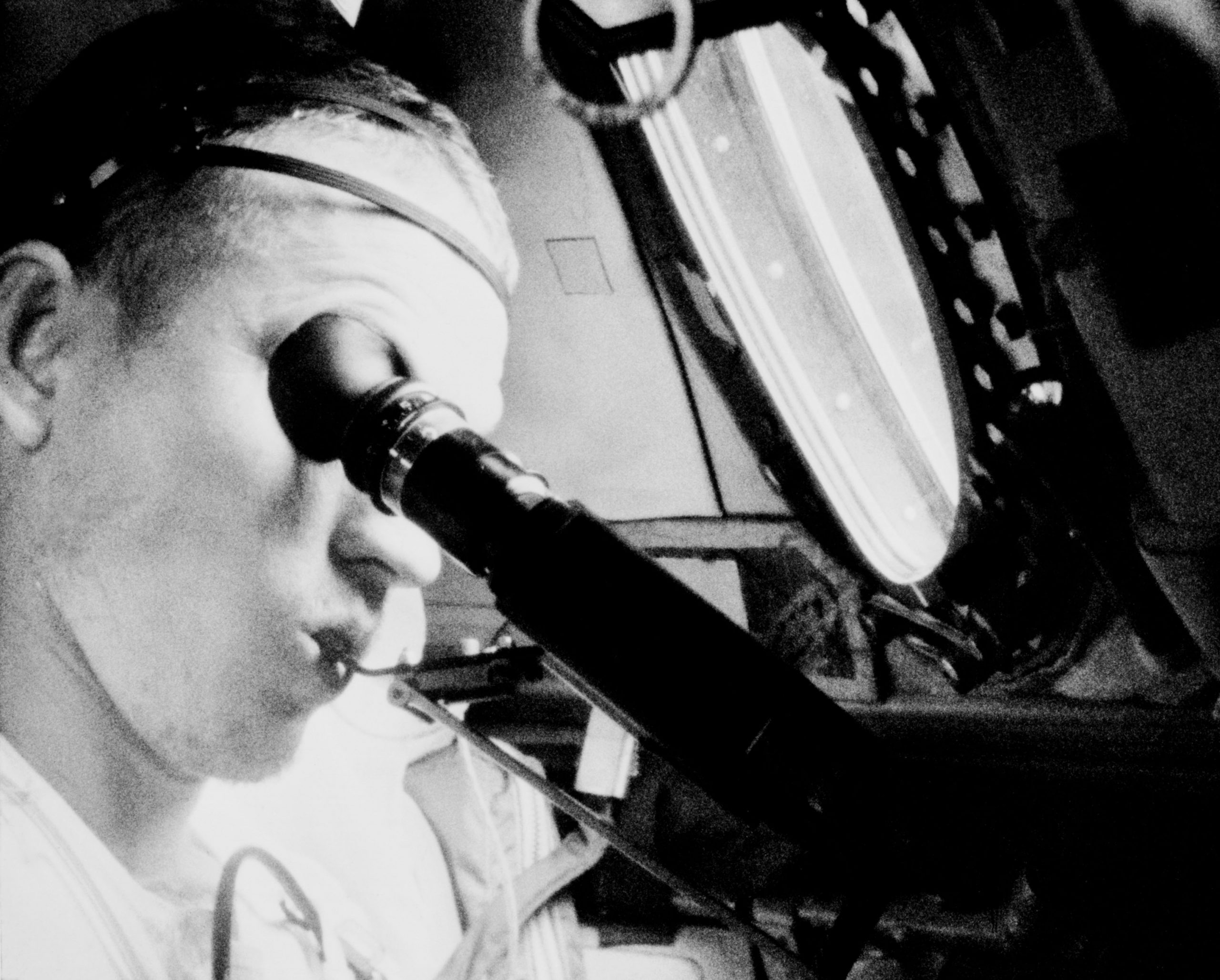

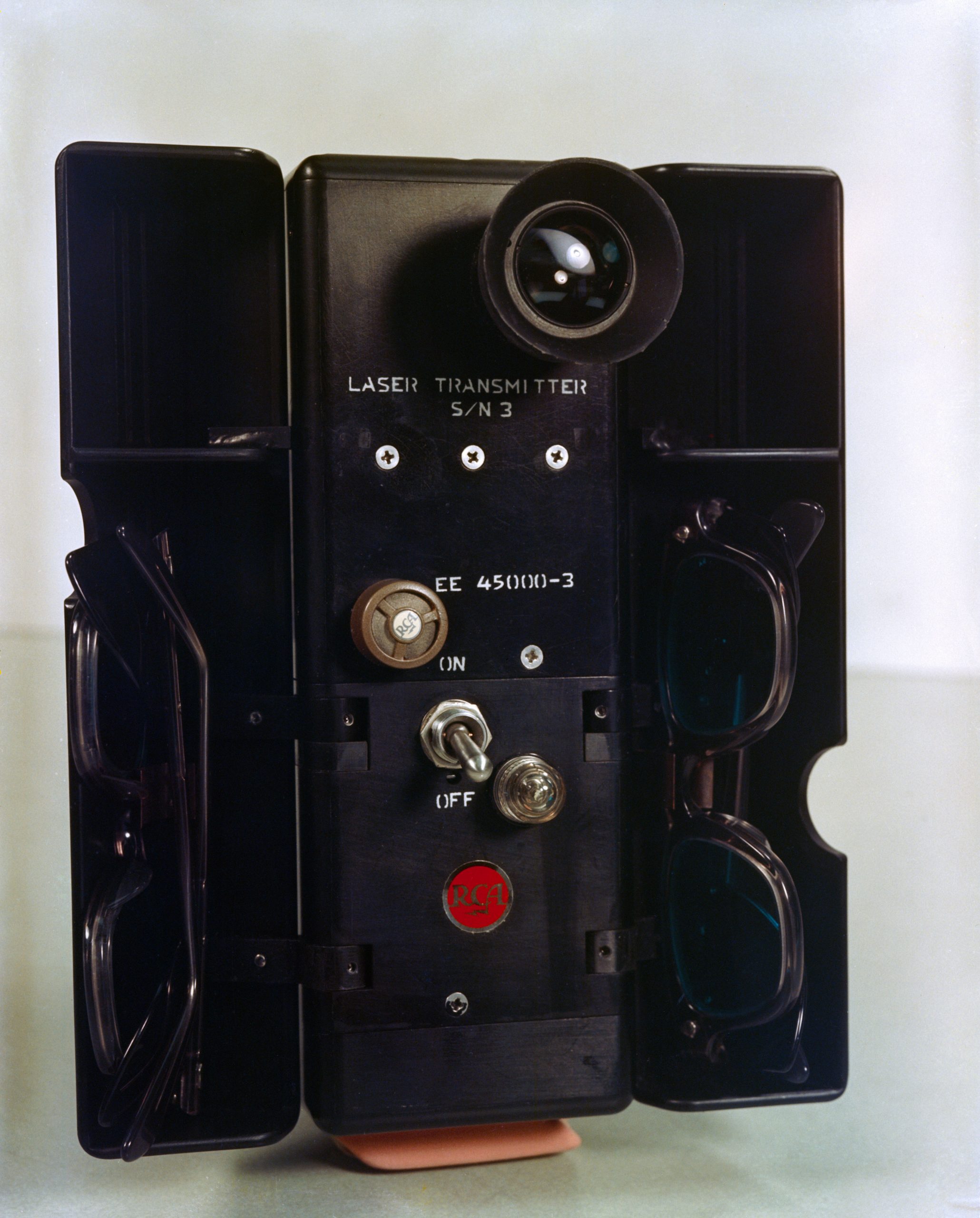
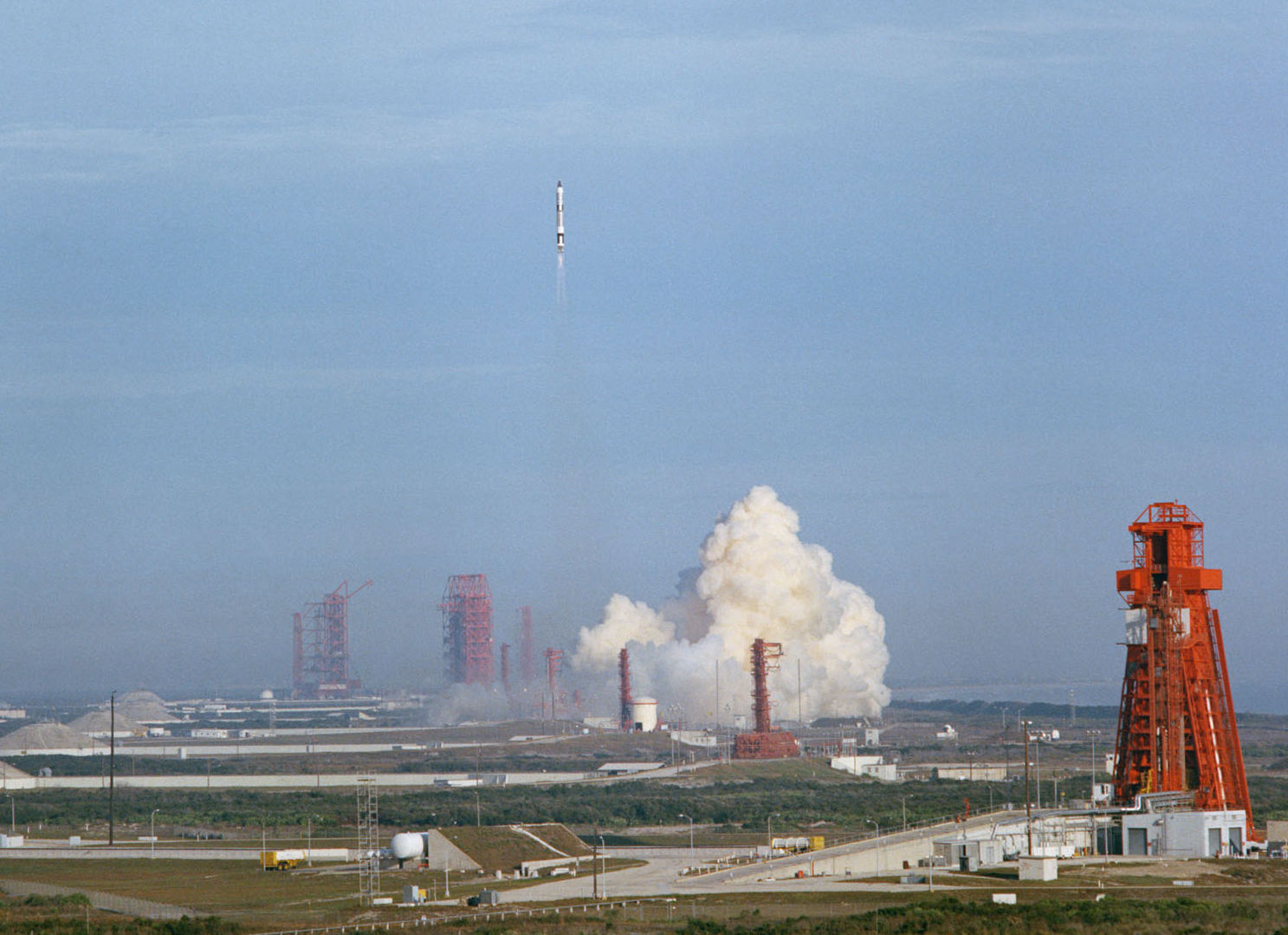
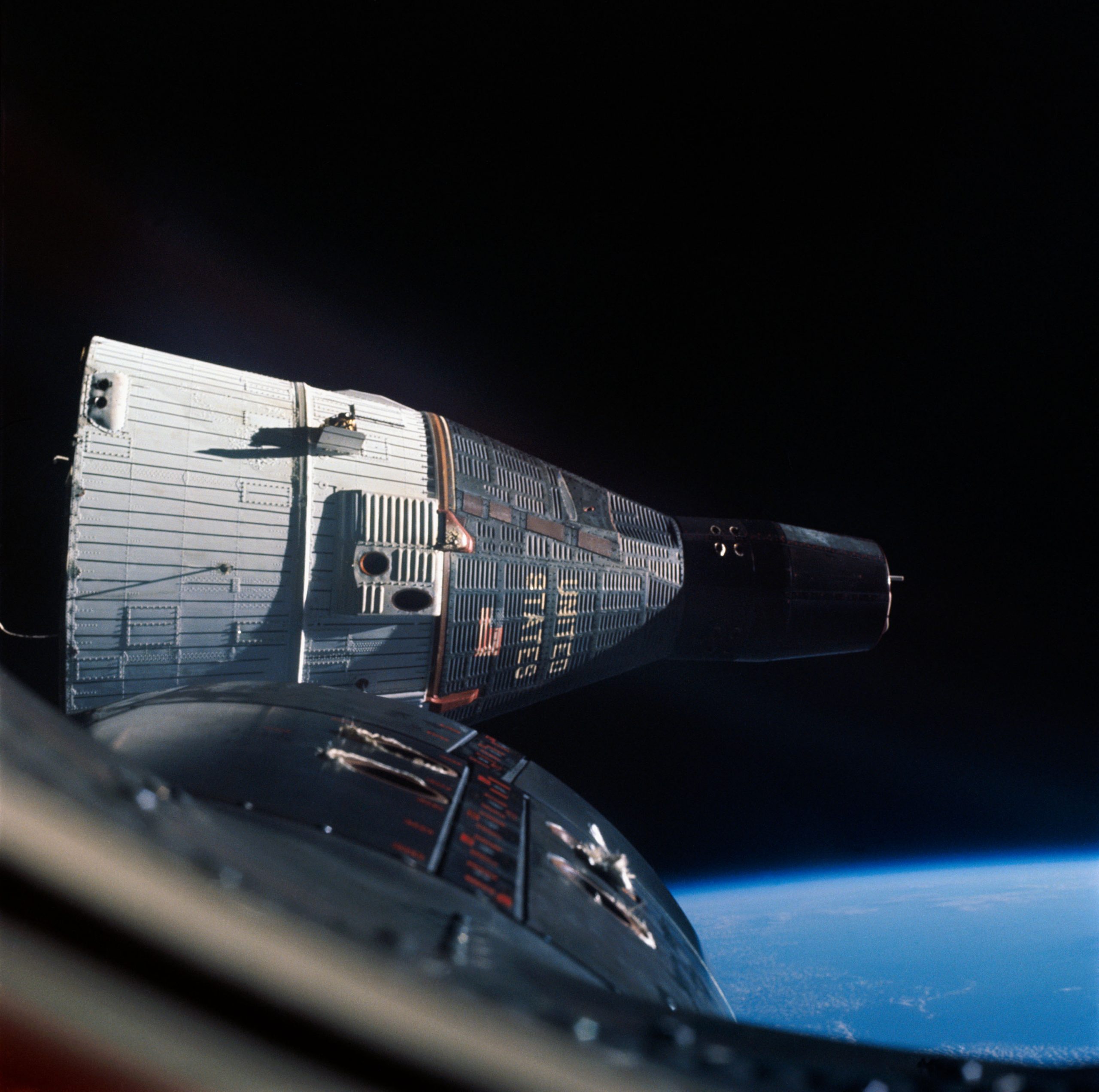

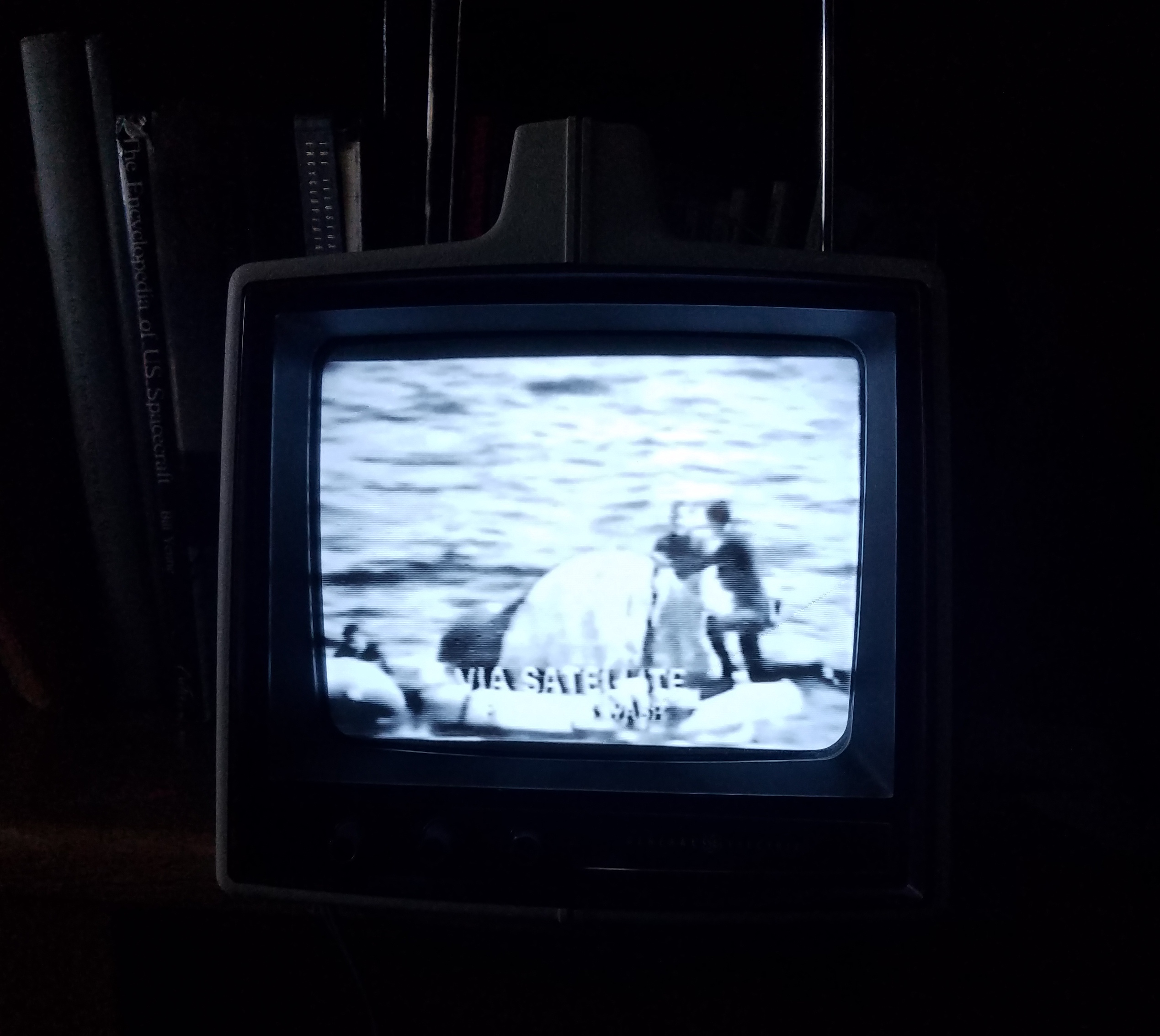
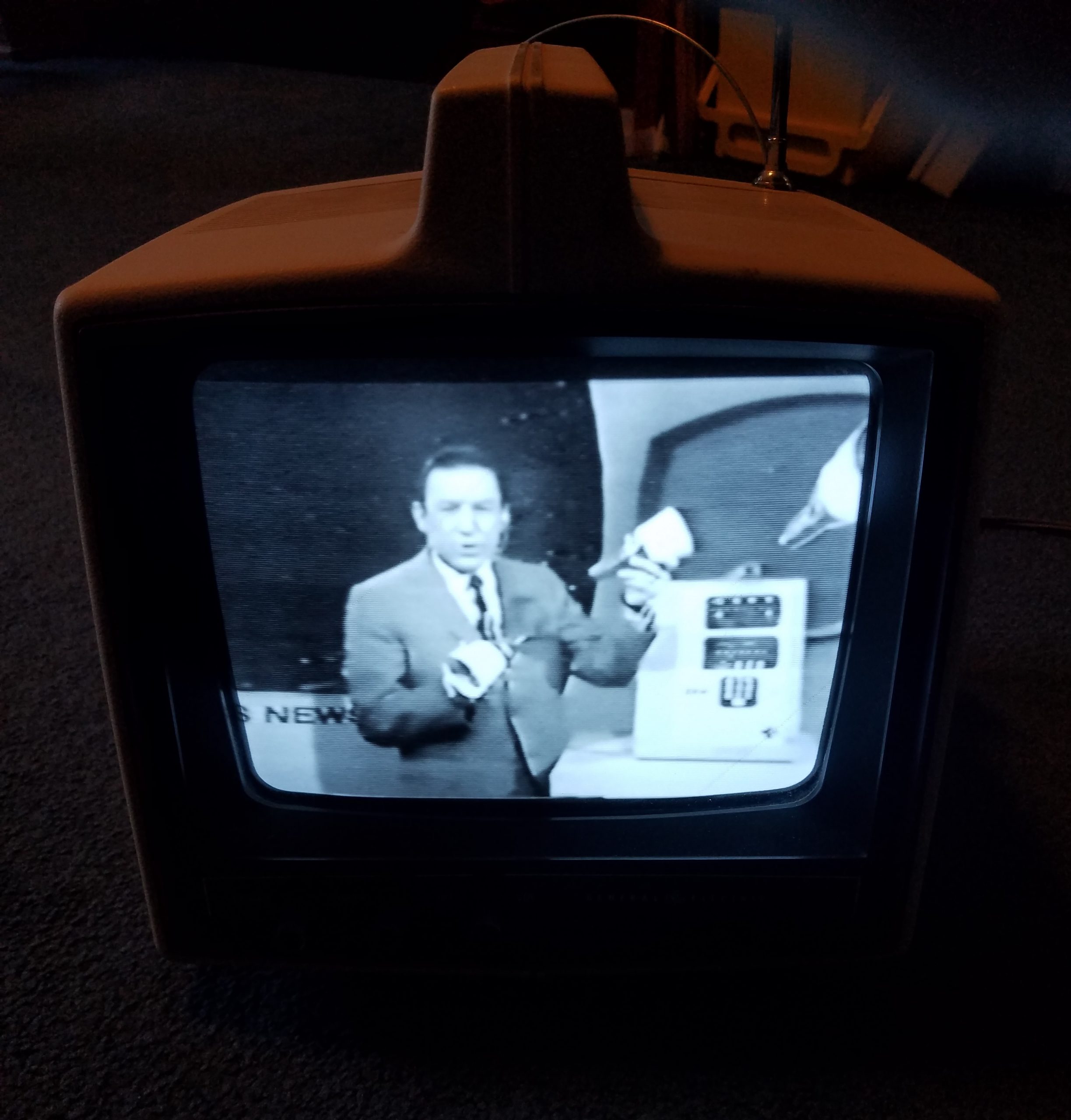
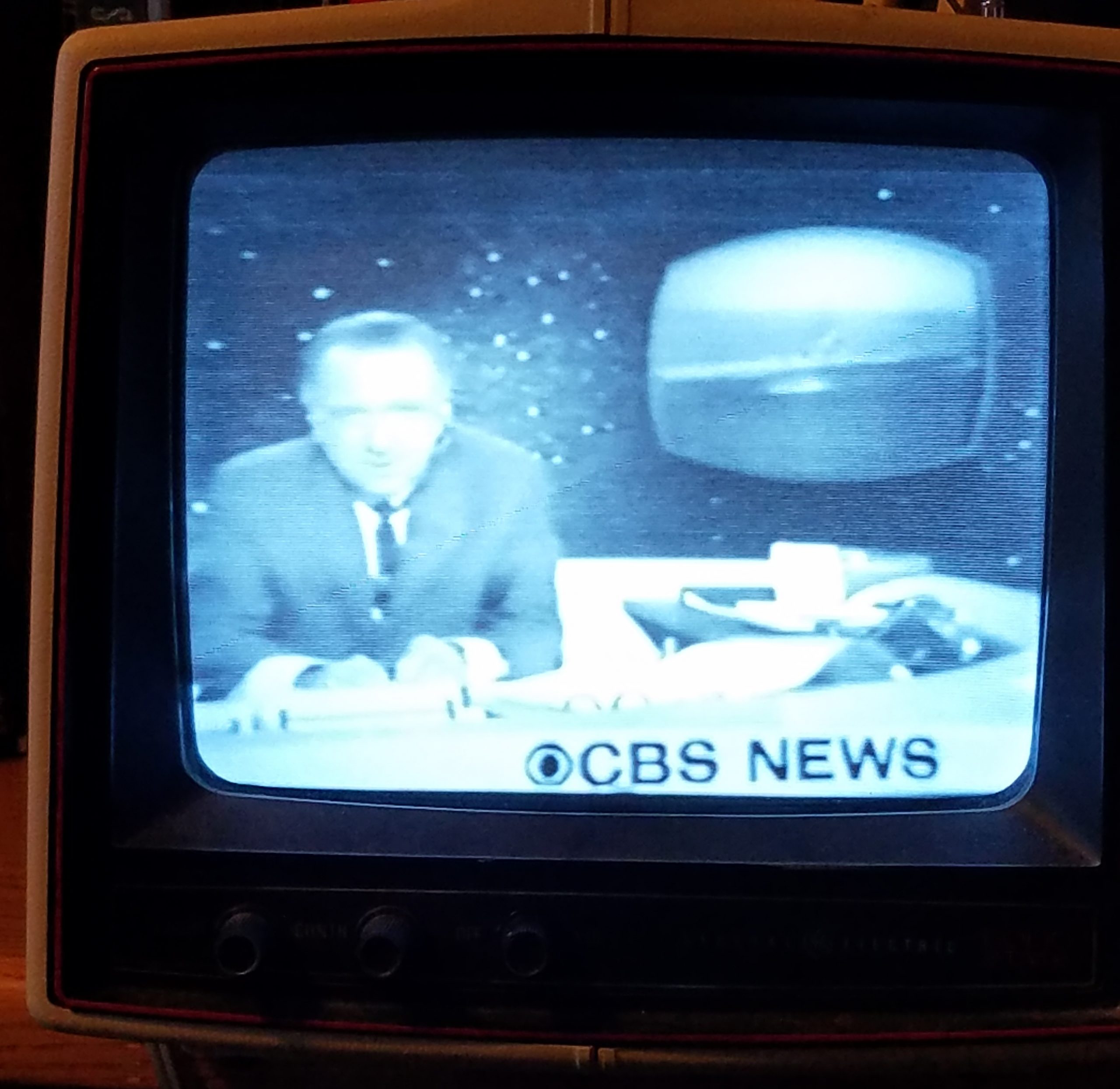

![[December 8, 1965] Space is Getting Crowded (A-1/Asterix, FR-1, Explorer-31, Alouette-2, Luna-8, Gemini-7](https://galacticjourney.org/wp-content/uploads/2020/12/Asterix-FDC-672x372.jpg)
